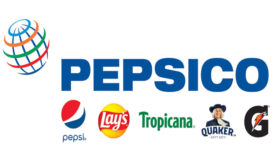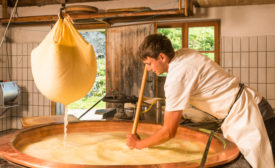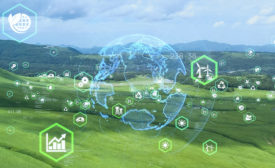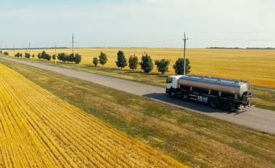Home » Keywords: » greenhouse gas emissions
Items Tagged with 'greenhouse gas emissions'
ARTICLES
Milk prices in EU at an all-time high, yet production grows in 2023
Green Deal target to become climate neutral hits roadblocks since no specific agricultural goals established by 27 individual members.
September 28, 2023
Three ideas to make your dairy plant more sustainable
Taking steps toward zero net emissions, using water efficiently and maintenance for the sustainability are of the utmost urgency.
April 27, 2023
Tillamook teams with New Season Market to cut carbon and protect Oregon ecosystems
This marks the first time TCCA has partnered with a retail customer on an environmental project.
April 6, 2023
PepsiCo to reduce greenhouse gas emissions by 3 million tons
Company announced a $216 million strategic partnership agreements with three organizations to complete this goal by 2030.
March 22, 2023
IDFA speech paves the way for the future of sustainability
Michael Dykes Dairy Forum discussion outlined five goals.
March 8, 2023
Moving toward carbon neutral cheesemaking
Membrane filtration, renewable energy lessens impact on environment.
January 25, 2023
Danone to reduce methane emissions by 30% by 2030
Danone expects to remove 1.2 million tons carbon dioxide equivalent of methane emissions by 2030.
January 17, 2023
IDFA identifies key objectives for 2023
Nutrition and wellness, global competitiveness, and sustainability are among the main goals for the future.
December 30, 2022
Dairy executives tackle today’s hot-button issues
Although the industry faces many challenges, there are exciting opportunities for future growth.
November 7, 2022
Get our new eMagazine delivered to your inbox every month.
Stay in the know on the latest dairy industry trends.
SUBSCRIBE TODAYCopyright ©2024. All Rights Reserved BNP Media.
Design, CMS, Hosting & Web Development :: ePublishing
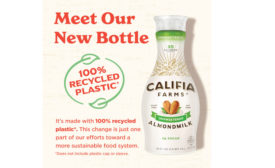
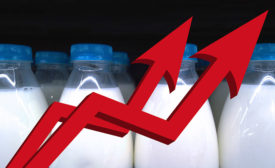
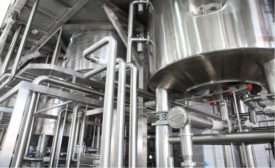
.jpg?height=168&t=1673539888&width=275)
